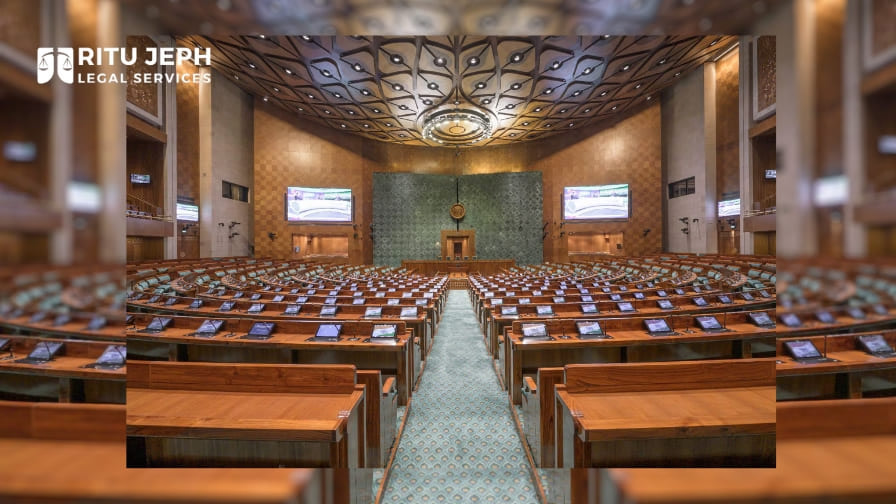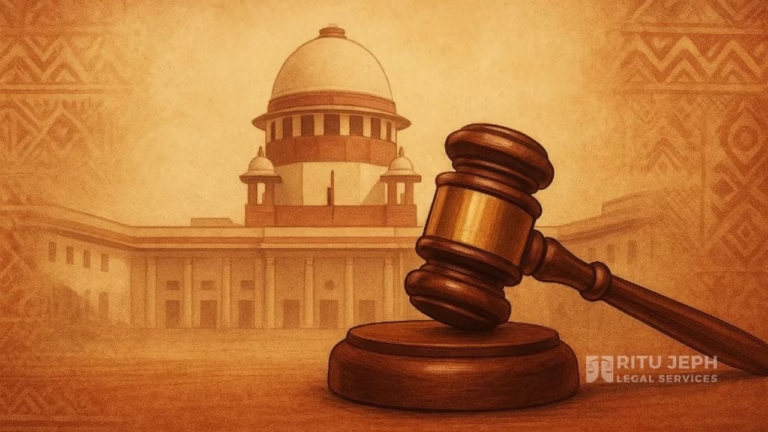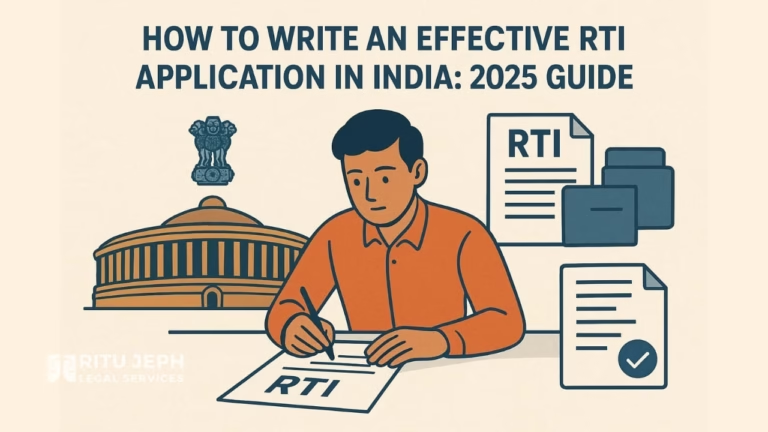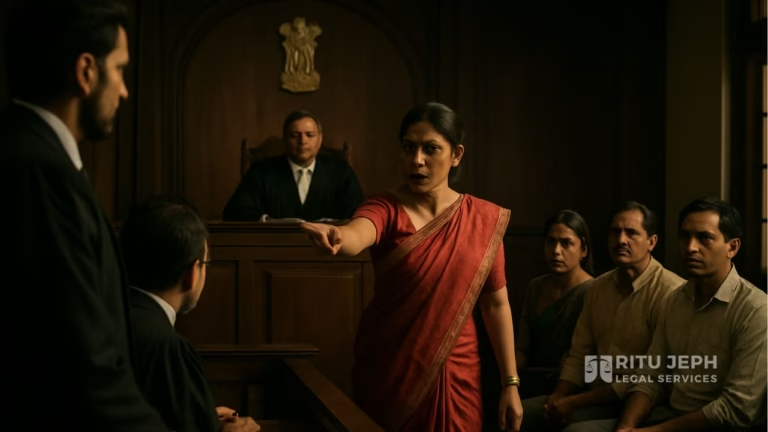Book Appointment Now

Delimitation in India: A Ticking Time Bomb for Democracy?
Delimitation in India, set for 2026, could shift political power to the North, raising concerns about fairness and democracy. Explore the high-stakes implications of this constitutional mandate.
There is no shortage of issues in our country. There is no shortage of “us vs. them” debates. We fight over small things like cats and dogs. But there is a ticking time bomb in our country, and that time bomb is called Delimitation. Delimitation in India is a topic that has already created a divide between the North and the South—from the economy to the issue of language. Now, delimitation could create an even bigger divide between the North and the South regarding democracy itself. It could impact the future of our country and the very foundation of our democracy. I cannot emphasize enough how significant this issue is.
Today, we will not delve into the history of where and why delimitation started. Instead, we will focus on the current situation. Recently, Amit Shah came forward and assured that southern states would not lose a single Lok Sabha seat due to delimitation. This statement came when Tamil Nadu Chief Minister M.K. Stalin was attempting to form a coalition of South Indian states. The problem is that the number of Members of Parliament (MPs) from South Indian states is likely to decrease, while the number of MPs from North Indian states will increase.
India is the only country which has not conducted the decadence census and if delimitation is going to be based on population census it will deprive and reduce the representation of the South Indian States. It will become like a sword hanging on our heads.
Muthuvel Karunanidhi Stalin, Chief Minister of Tamil Nadu
Why will this happen, and what is the process of delimitation? We will try to understand this briefly, but ultimately, the politics and implications of this situation are equally important to examine. Interestingly, this is a constitutional mandate—it’s not something Prime Minister Modi can decide on a whim. The Constitution states that, under the Representation of the People Act, representation in Parliament must align with population size. Rahul Gandhi has also emphasized this principle. However, the problem lies in the fact that states that have successfully controlled their population growth, followed logical policies, and focused on economic development may now be penalized. Meanwhile, northern states, which have not controlled their population as effectively, will gain more control over Parliament. Will this be acceptable to South India? This is both an interesting and worrying scenario, and how the Narendra Modi government handles it will be crucial.
ALSO READ: Why India’s Fertility Rate Drop Could Reshape the Nation’s Destiny
If this issue had been addressed earlier, it might not have reached this point. Both Indira Gandhi and Atal Bihari Vajpayee avoided tackling delimitation during their respective tenures, stating that India was not ready for it. Delimitation, as a matter of fact, occurred in 1951, 1961, and 1971. During these years, the composition of the Lok Sabha, Rajya Sabha, and State Assemblies was adjusted based on population changes. The principle was simple: the more people there are, the more representation they should have.
When the issue reached Indira Gandhi during the Emergency, she introduced the 42nd Amendment Act, which postponed delimitation for 25 years. The reasoning was straightforward: northern states had a higher population than southern states, and implementing delimitation at that time would have given northern states an unfair advantage. It was assumed that in the next 25 years, northern states would control their population growth and balance the scales with southern states. However, when the 25-year period ended in 2001, the Atal Bihari Vajpayee government assessed the situation and concluded that India was still not ready. The population disparity between the North and South remained significant, so the Vajpayee government introduced the 84th Amendment, postponing delimitation for another 25 years. This brings us to 2026—next year.
While nothing is certain in politics, it seems unlikely that the Narendra Modi government will push back delimitation this time. The new Parliament building, with a capacity of 888 seats, was designed with this in mind. Delimitation is a constitutional requirement, and it appears the government is prepared to fulfill it.
Opposition MPs like Kanimozhi and Mahua Moitra have raised important concerns in Parliament. They pointed out that Kerala would see a 0% increase in parliamentary seats, Tamil Nadu would get a 29% increase, while Madhya Pradesh and Uttar Pradesh would see a staggering 79% increase. This disparity raises a critical question: Why should states that have successfully controlled their population, improved education, and contributed significantly to the economy be penalized?
Chandrababu Naidu, the former Chief Minister of Andhra Pradesh, even joked that southern states might as well start paying people to have more children. Similarly, Tamil Nadu Chief Minister M.K. Stalin sarcastically remarked that Tamil Nadu would need to have 16 children per family to keep up. These statements highlight the frustration and irony of the situation.
Let’s look at the numbers. If we use the 1977 population figures and the formula of 1 MP representing 10 lakh people, the situation becomes even more interesting. Uttar Pradesh and Uttarakhand, which currently have 85 seats, would jump to 205 seats. Bihar and Jharkhand, which have 54 seats, would increase to 82. Tamil Nadu would go from 39 to 76 seats, and Kerala would increase from 20 to 36. However, this formula cannot be applied directly because it would result in 1,400 MPs—far more than the new Parliament can accommodate.
ALSO READ: 2025 Guide to Child Adoption in India
Thankfully, the Constitution does not fix the ratio of representation. The ratio can be adjusted—1 MP can represent 5 lakh, 10 lakh, or even 20 lakh people. Based on Amit Shah’s recent statement that Tamil Nadu will not lose any seats, it seems the government is considering a ratio of 1 MP representing 20 lakh people. With this formula, the total number of seats would increase from 543 to 707, leaving some seats vacant in the new Parliament.
But why is this formula problematic? If 1 MP represents 20 lakh people, Uttar Pradesh and Uttarakhand would see their seats increase from 85 to 126, Bihar and Jharkhand from 54 to 85, and Rajasthan from 25 to 41. Meanwhile, Tamil Nadu would retain its current number of seats, and Kerala would lose 2 seats, dropping from 20 to 18. This means that North Indian states, which predominantly speak Hindi, would gain significant control over Parliament, while South Indian states would become increasingly irrelevant.
This is why the debate over delimitation is so heated. Southern states already feel shortchanged when it comes to GST contributions and language imposition. The fear of losing democratic representation adds another layer of tension. If northern states gain more control, it could lead to a situation where the votes of southern citizens carry less weight.
Historically, both Indira Gandhi and Atal Bihari Vajpayee understood the risks of delimitation and postponed it. Will the Narendra Modi government take a similar approach, or will it push forward with delimitation in 2026?
If you ask me, there are two possible solutions. First, another constitutional amendment could be introduced to postpone delimitation further, as the population imbalance remains unresolved. Second, a middle path could be explored, where states that failed to control their population growth are penalized by reducing their representation, while states that succeeded are rewarded. However, building a consensus on this would be challenging.
This is not an alarmist view—it’s a reality that could explode if not handled carefully. Politicians and citizens alike must take this issue seriously. What do you think? Is delimitation fair or unfair? Share your thoughts in the comments.



